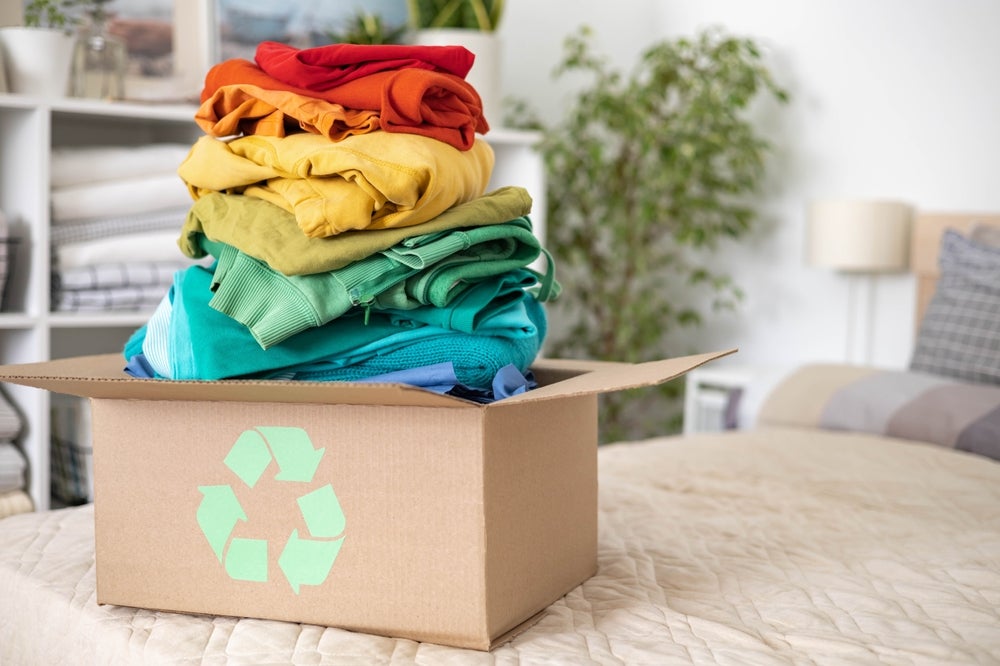The Sorting for Circularity report revealed efficiency improvements, increased commodity valuation, and policy mechanisms like extended producer responsibility schemes are growth strategies for the US textile recycling market.
Fashion for Good believes there is an opportunity to build on these insights and assess the feasibility of a semi-automated sorting process by creating a demo facility suitable for closed-loop textile recycling and invest in scaling solutions nationwide.
The report said collaboration among stakeholders was “crucial,” including brands, government, retailers, consumers, collectors, sorters, recyclers, and financial institutions, to promote circularity, invest in research and development, and advocate for supportive policies and incentives to drive technological innovation.
Fashion for Good’s mission to make textiles valuable
Only 15% of the textile waste generated in the US is recovered with 85% ending up in landfills or incineration, according to the report.
“The Sorting for Circularity USA Project addresses a key challenge in the textile industry: transforming textile waste into a valuable resource,” explained Fashion for Good managing director Katrin Ley. “This project investigates the connection between consumer behaviour, waste generation, and available recycling technologies. The goal is to establish a system where all textiles are utilised effectively, minimising waste.”
Sorting for Circularity addressed the lack of data on consumer disposal behaviour and material characteristics of post-consumer textiles through a comprehensive national consumer survey and waste composition analysis.
The survey revealed that 60% of respondents divert textiles, while 4% discard them, driven primarily by factors such as condition and fit.
The waste composition analysis revealed that over 56% of post-consumer textiles are suitable for recycling, with cotton and polyester being the most prevalent fibre types, showing potential for mechanical and chemical recycling processes.
Melissa Adler, a senior consultant at Resource Recycling Systems (RRS) added: “This research provides defensible insight into two parts of the recovery value chain with little to no existing data: firstly, how consumers decide what to do with textiles they no longer want and secondly, the fibre composition of post-consumer textiles. With these new findings, we can enhance collection systems to capture more textiles, calculate the financial potential for textile recycling, and build supportive, data-driven policy.”












